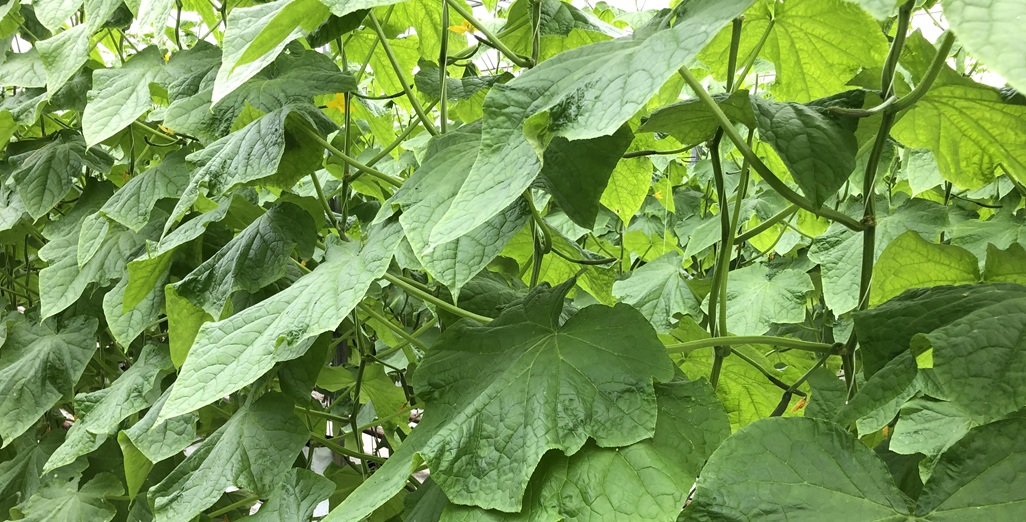Sign up here to subscribe to the Grower2grower Ezine. Every two weeks you will receive new articles, specific to the protected cropping industry, informing you of industry news and events straight to your inbox.
Oct 2021
Botrytis in Strawberries

Water management is important
Botrytis can be an issue for strawberry growers. For tomato growers’ botrytis has always been a constant pain in the you know what. There are controls to help reduce botrytis and limit losses without physical intervention (spraying). However, in my experience, these will only reduce the need for spraying not entirely eliminate it.
The weather is a major influence on the spread botrytis within a crop. Growers know warmer temperatures, higher humidity and a vegetative canopy provide optimal conditions for botrytis to spread within crops.
Strawberry growers, that use some form of protected cropping structures, generally do not use heating systems common in other greenhouses. Heating systems provide the opportunity to have more control and help reduce botrytis. Most high wire vegetable crops have large leaf area index (LAI) that make it difficult to maintain humidity balance, especially when the weather is unfavourable, and therefore the heating systems play a crucial role in ‘drying’ a climate.
Fertiliser balance is important, this can be achieved via testing. All crops generally require a vegetative growth stage, I understand that excessive nitrogen may make a plant softer and not enough calcium will make cell walls weaker. I think there is an easy solution – test regularly and make adjustments to your feed. Discuss with your advisors the stages critical for testing and make the necessary adjustments.
Good air flow, positioning tunnels in a way that allows for the prevailing wind to travel ‘faster’ through the tunnels gable ends makes sense and is a good suggestion for a crop like strawberries that are grown on one level. This will be good for certain times and stages of the crop cycle when you want to reduce high humidity. However, there may be times when you want to reduce air movement to reduce stress on the plants. This decision may also come down to location. For example, the further North the more humidity therefore more air flow is required and the further South less humidity, therefore more protection from dry warm winds within the growing area.
Precision irrigation to help reduce botrytis
Over watering, especially in dull weather is a big no. Overwatering continues to happen even in modern greenhouses if a grower doesn’t make the necessary adjustments based on the elements. Most irrigation systems are triggered by light accumulated, some growers may have minimum or maximum rest times. This rarely takes into account the humidity. Basically, if the temperature and light levels are the same over two days but one day the humidity is high and the next low, the plants will basically and in principle transpire less if the humidity is high, therefore using less water, but if you are irrigating on accumulated light then you inevitably may well be providing extra water that could cause vegetative plant growth that equals more vegetation or LIA. This could attribute to more fungal issues.
Water management, even if your fertiliser balance is correct, is tricky to control. Precision irrigation is where big improvements could be achieved, I have always wanted to control irrigation using water content and EC sensors integrated with the computer system. Growers that have lights are moving towards this scenario. As an example, the irrigation may start when the substrate reduces to 70% water content, it lifts to 75% and then only irrigates again when the limit drops to 70%. It is also possible to set parameters so that after a certain time of the day- if you require less WC going into the night period that you prevent the irrigation from starting. You can then have a night shot only if your substrate lowers below a minimum desired water content – but this is technical and should be discussed with an advisor.
With any growing operation the grower will ultimately decide the direction of the water content and make adjustments as the seasons and crop stages change. Precision application of water will have added benefits including reducing over or under watering incidence. There are also major cost saving implications, but that is another article.
Growers that make investments into better systems will have more control and inevitably, I believe reduce their requirements for other costly interventions.
Cover is of my very own generative crop of strawberries. Not much foliage, I did thin flowers out to let some vegetative growth but as I like to have a hard plant and not spray, I will sacrifice LAI and fruit size/production. I have also restricted irrigation. Note this is a home garden not a commercial operation that will require more vegetation to ascertain higher yields.
Article written and compiled by Stefan Vogrincic
All Article’s checked and edited by Marie Vogrincic
I appreciate your comments. Please feel free to comment on the grower2grower Facebook page:
https://www.facebook.com/StefanGrower2grower/
CLASSIFIED
Subscribe to our E-Zine
More
From This Category

EPA boosts frontline staff to improve agrichem wait times

Greenleaf Fresh, which traded under the name Greengrower, has gone into voluntary administration.

Oriental fruit fly found in Papatoetoe: response underway

(Best of 2024) Aka Aka Produce celebrate planting in their brand-new high-tech greenhouse

Greenhouse Production in the Future – Mike Nichols






























